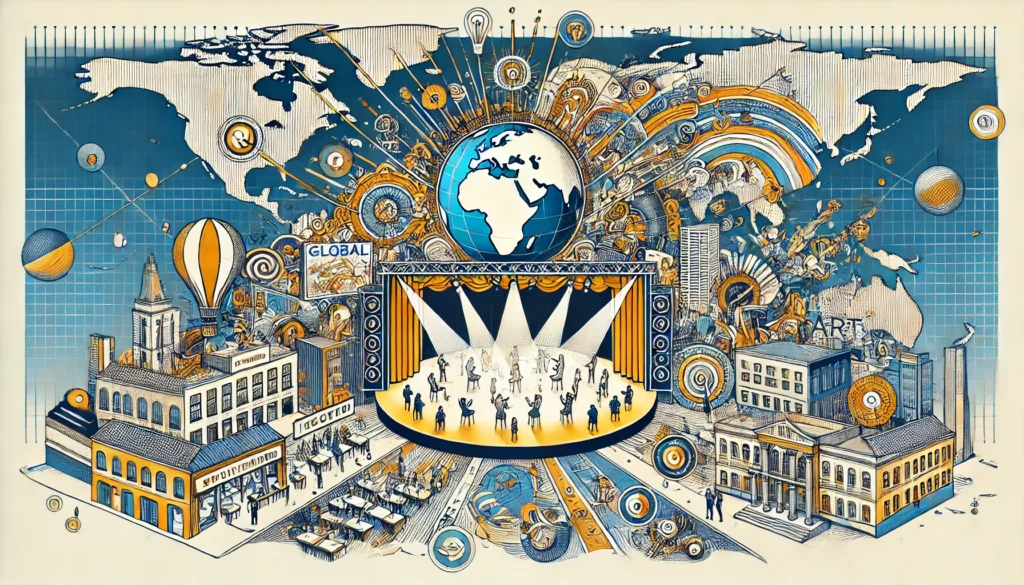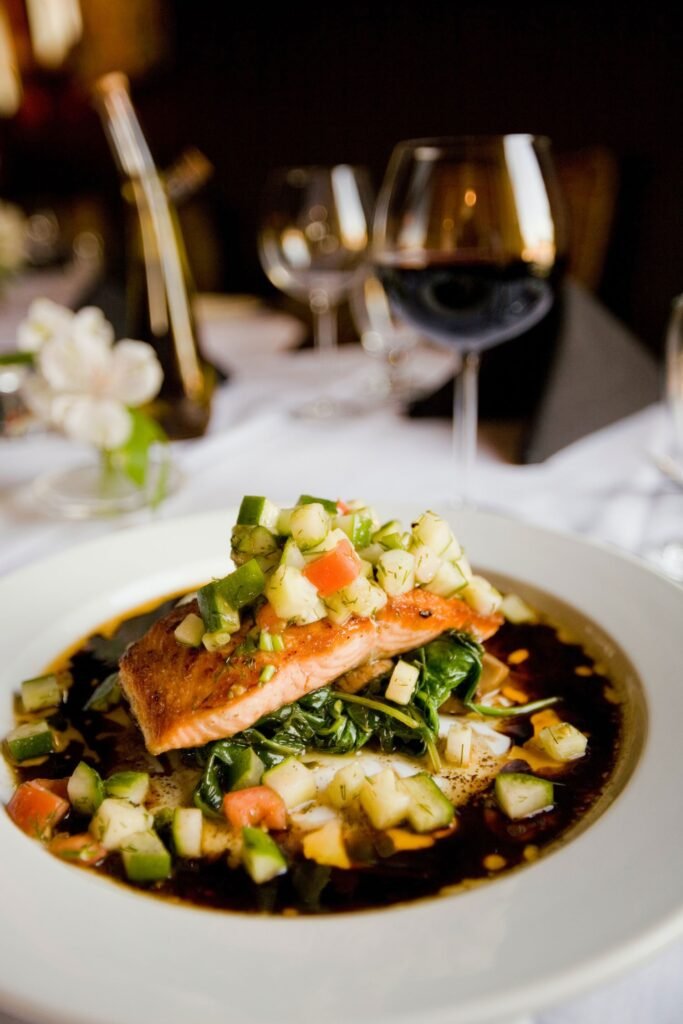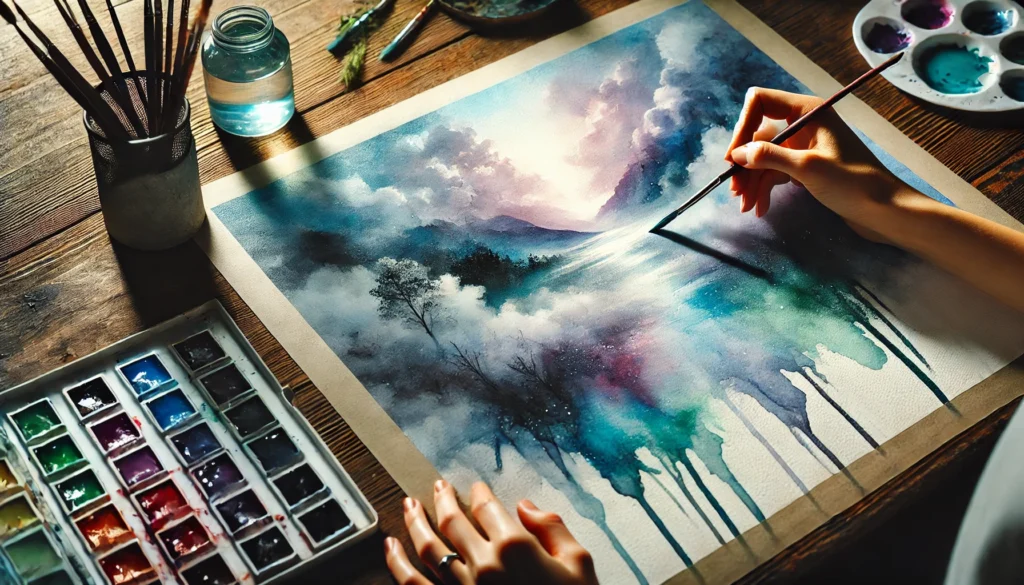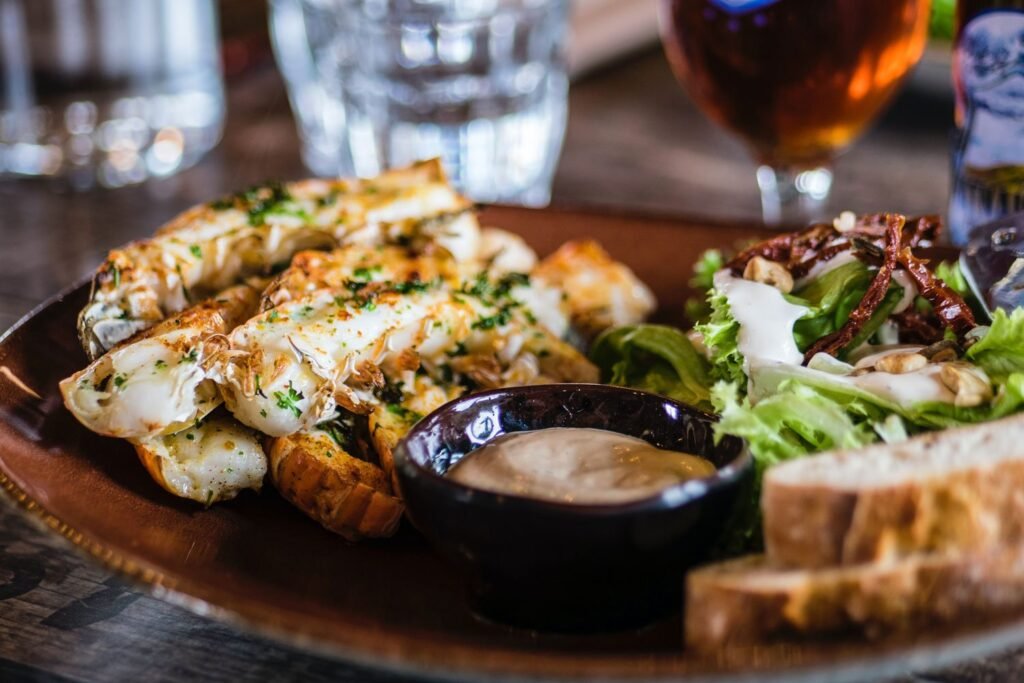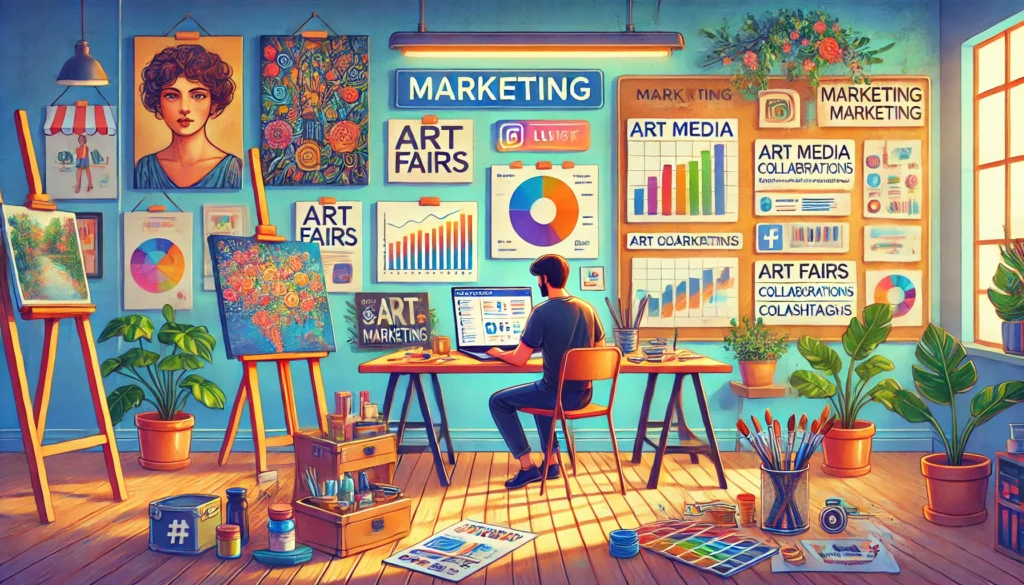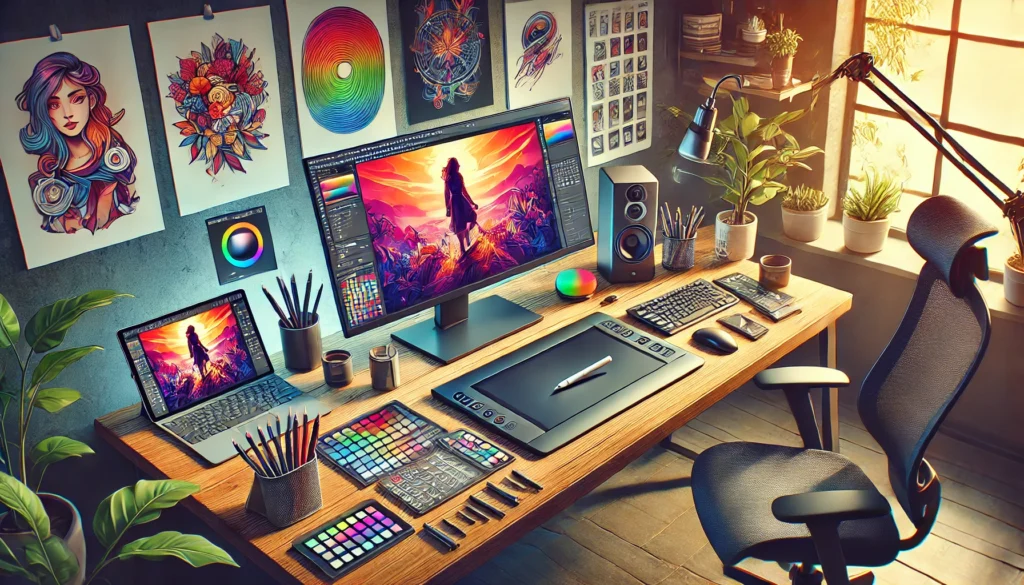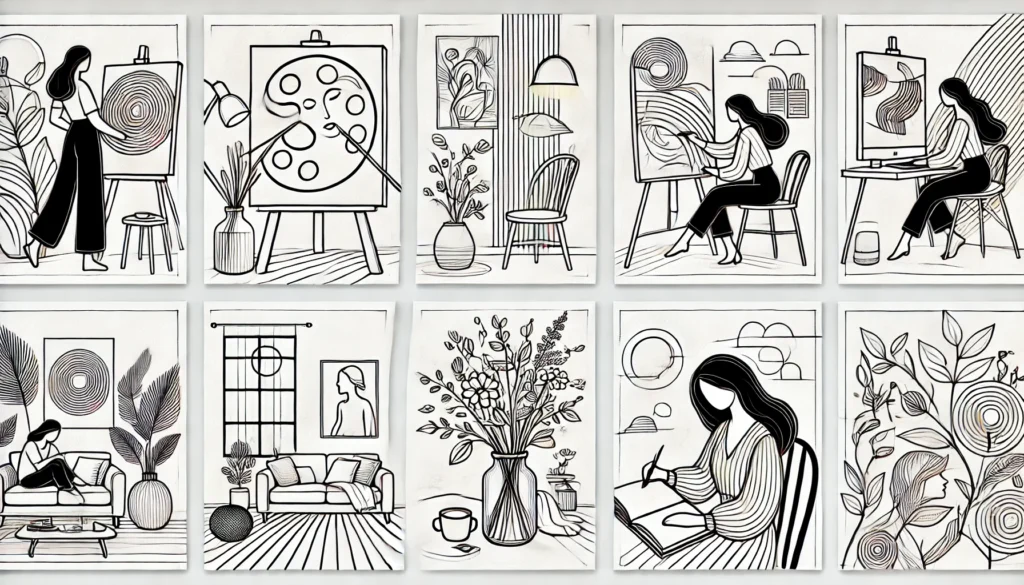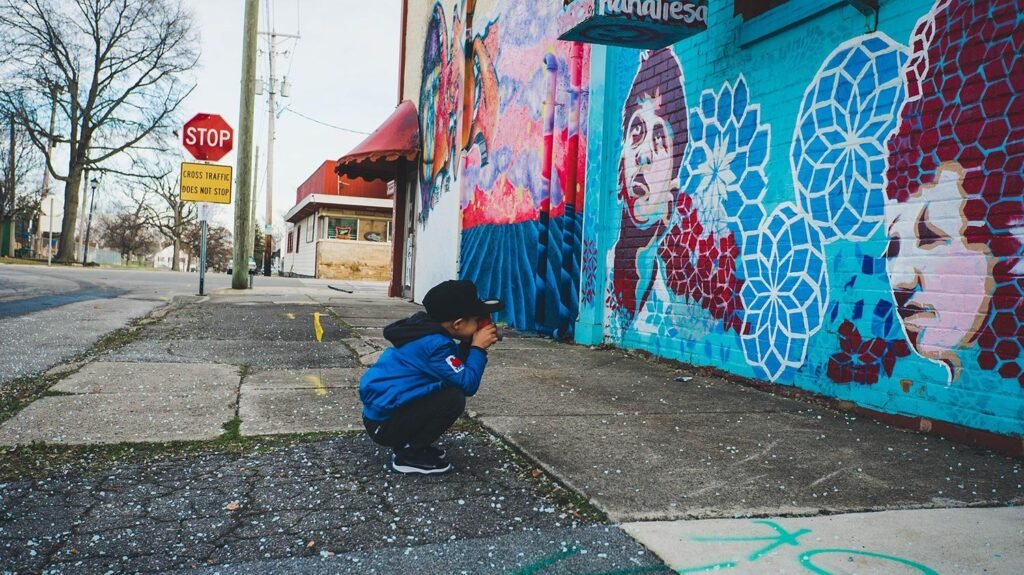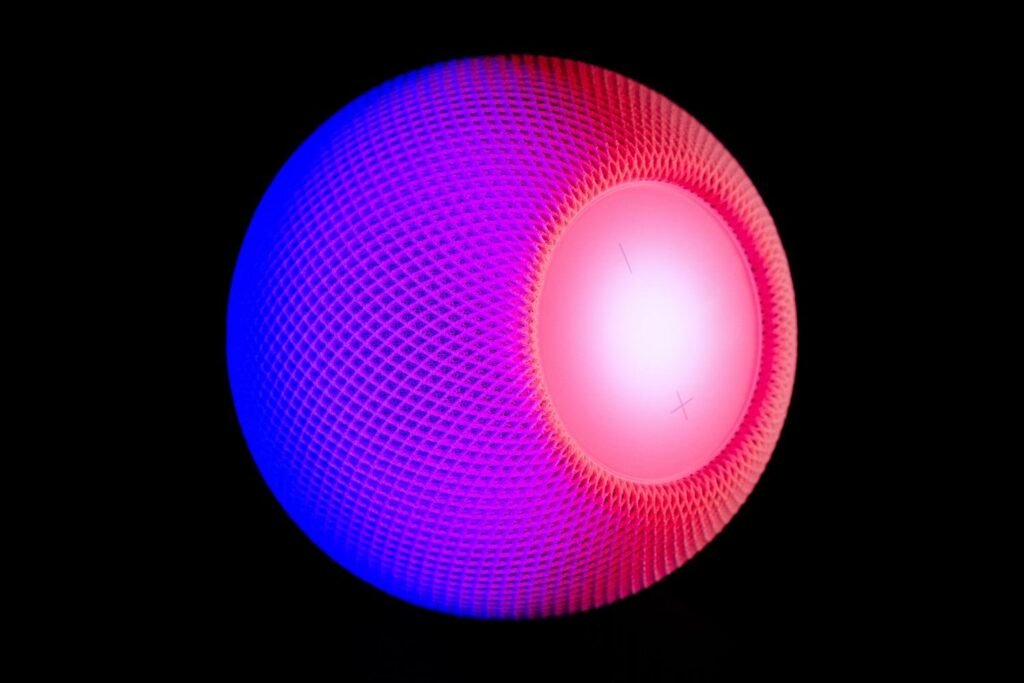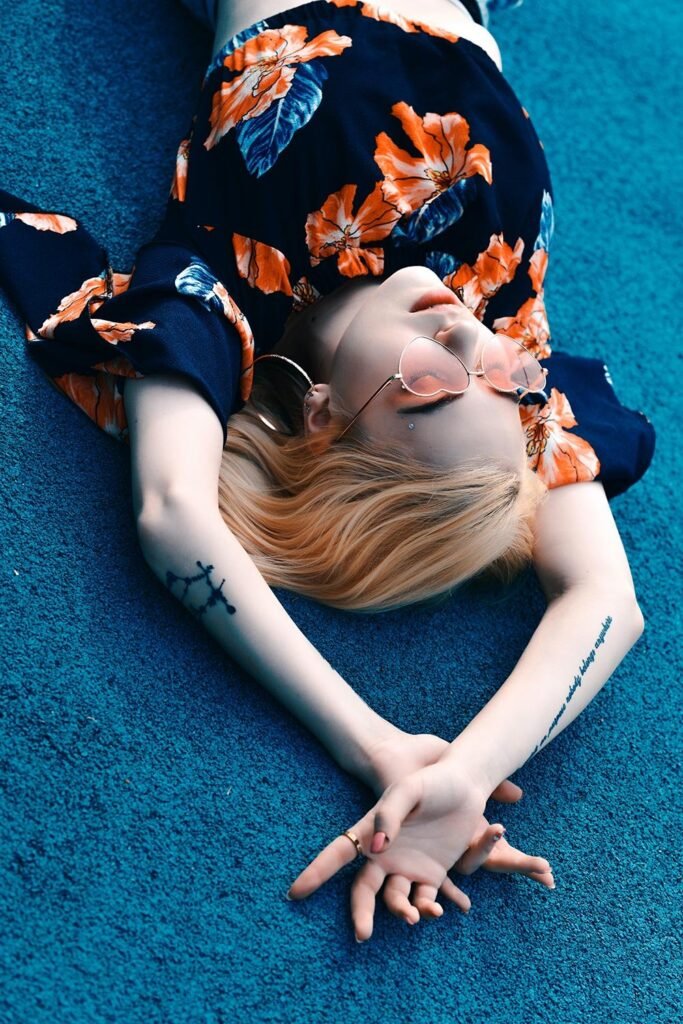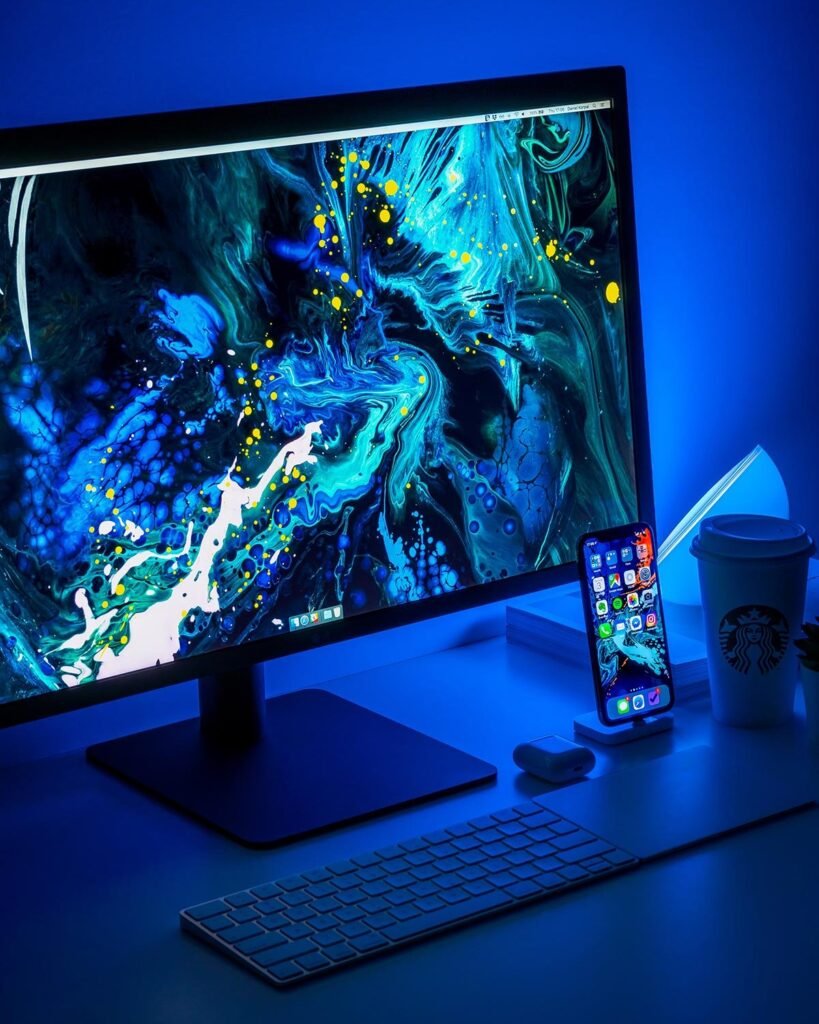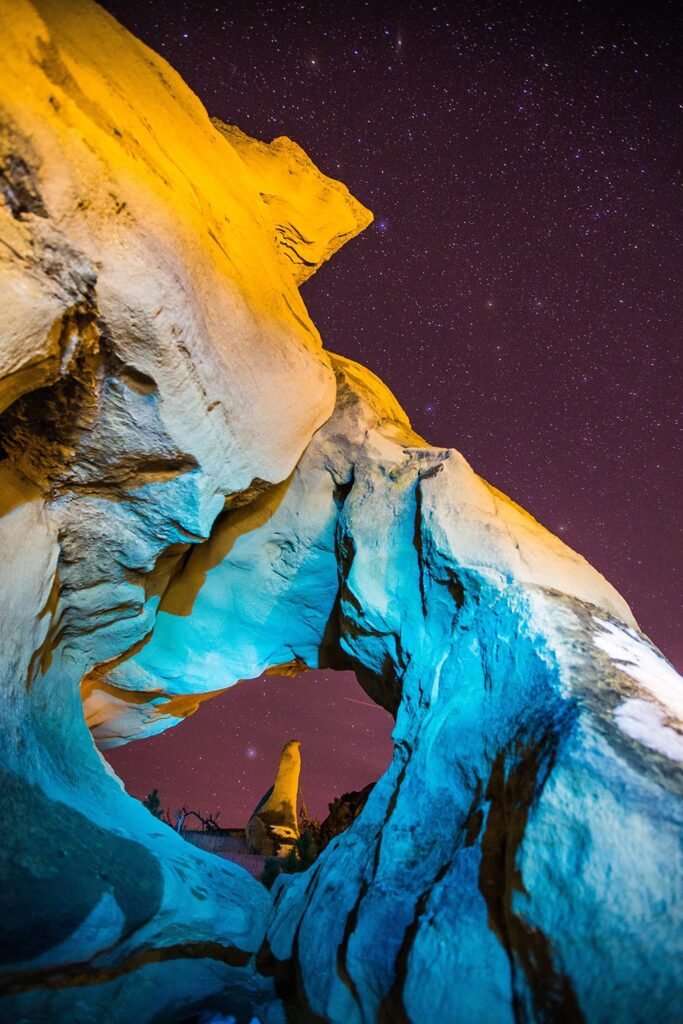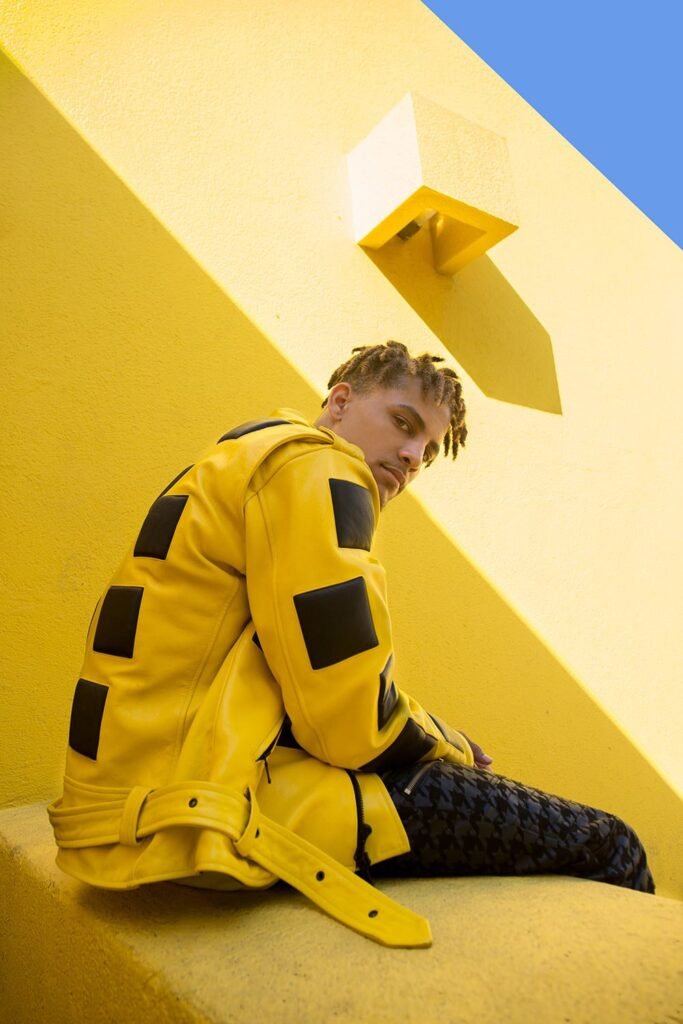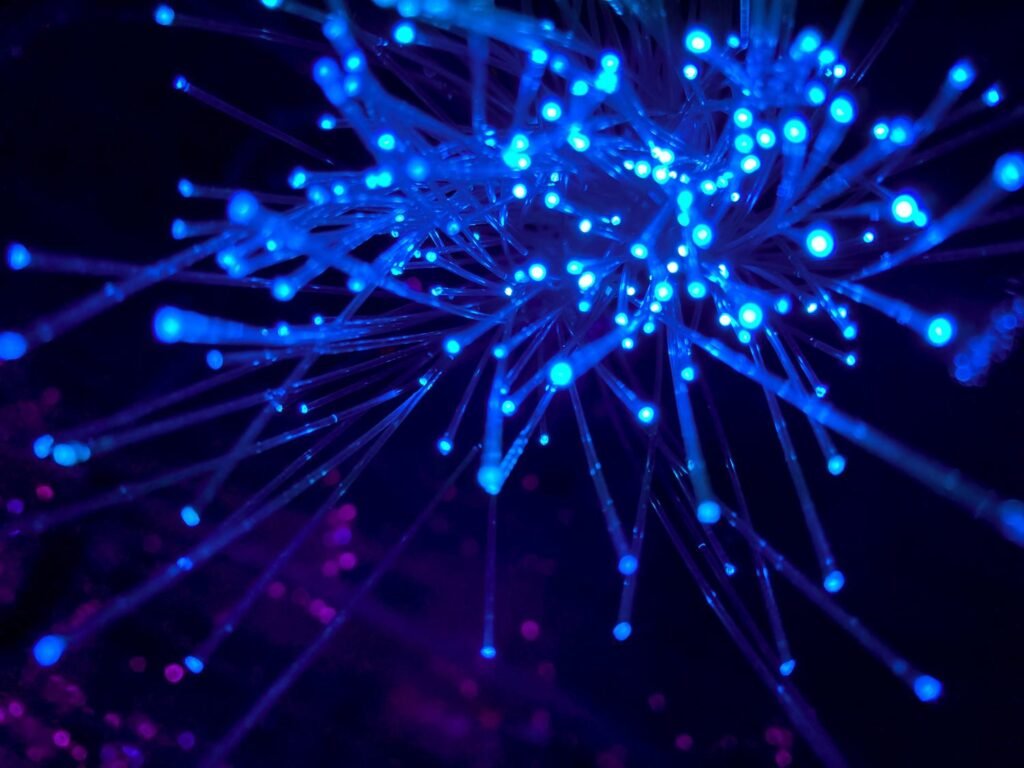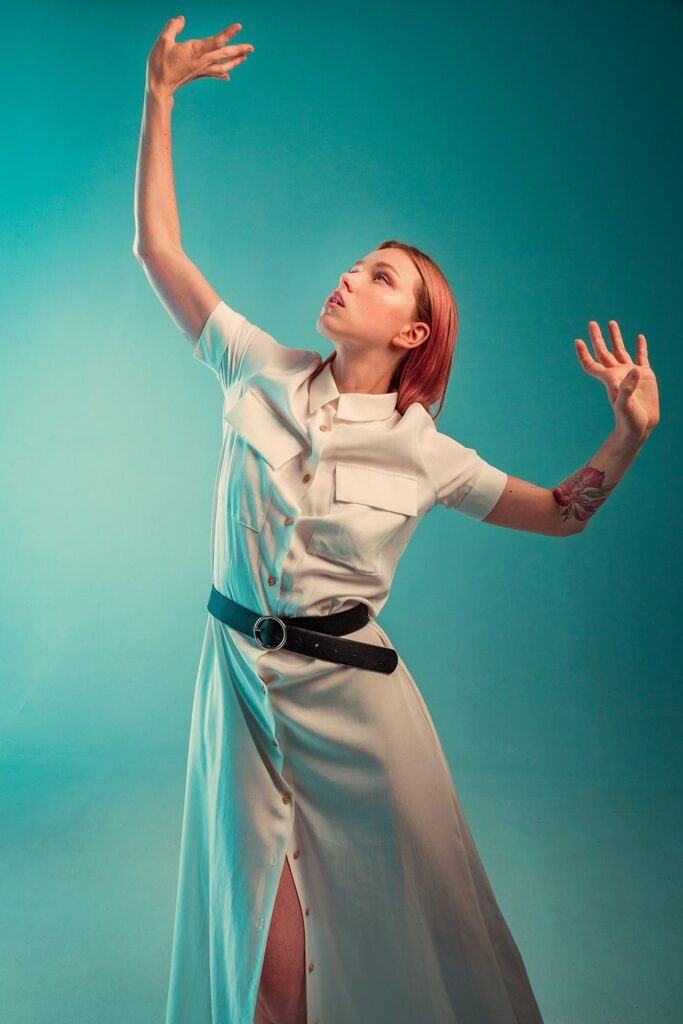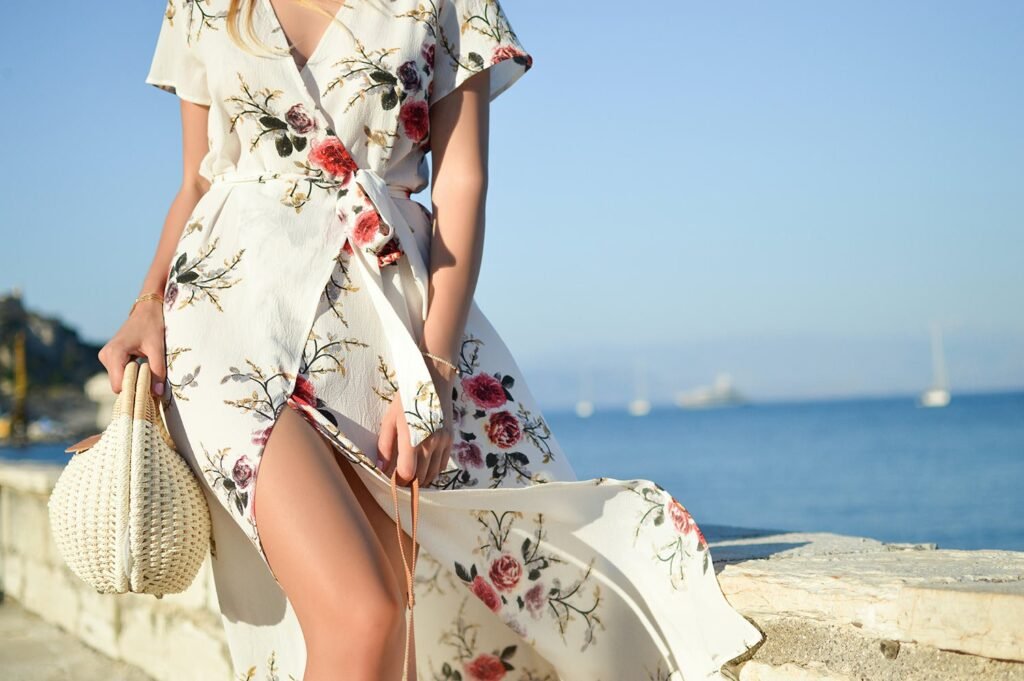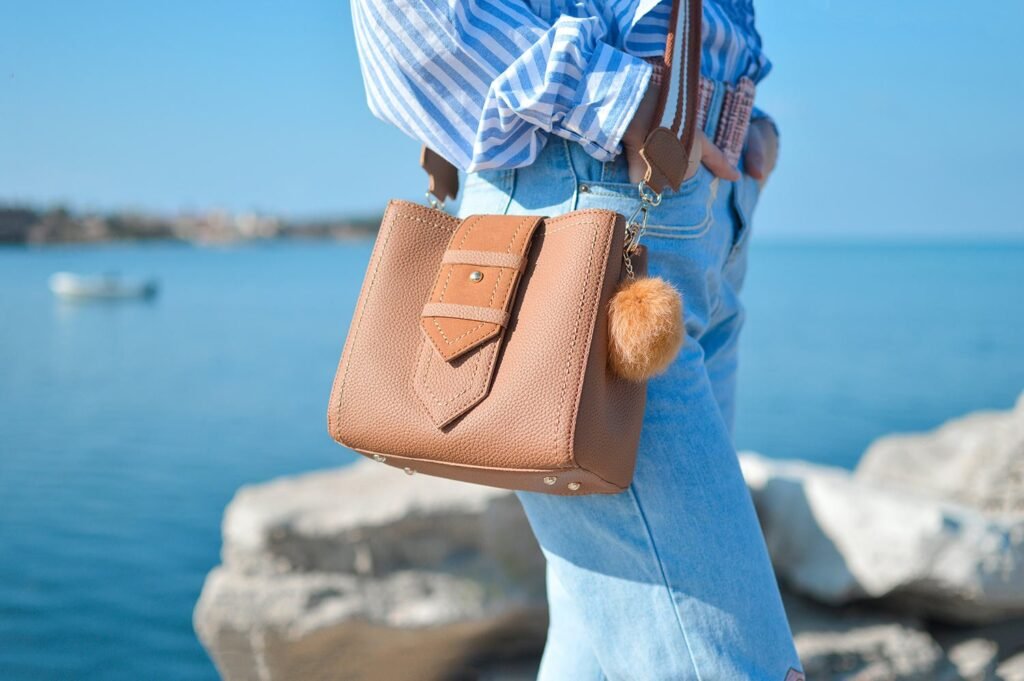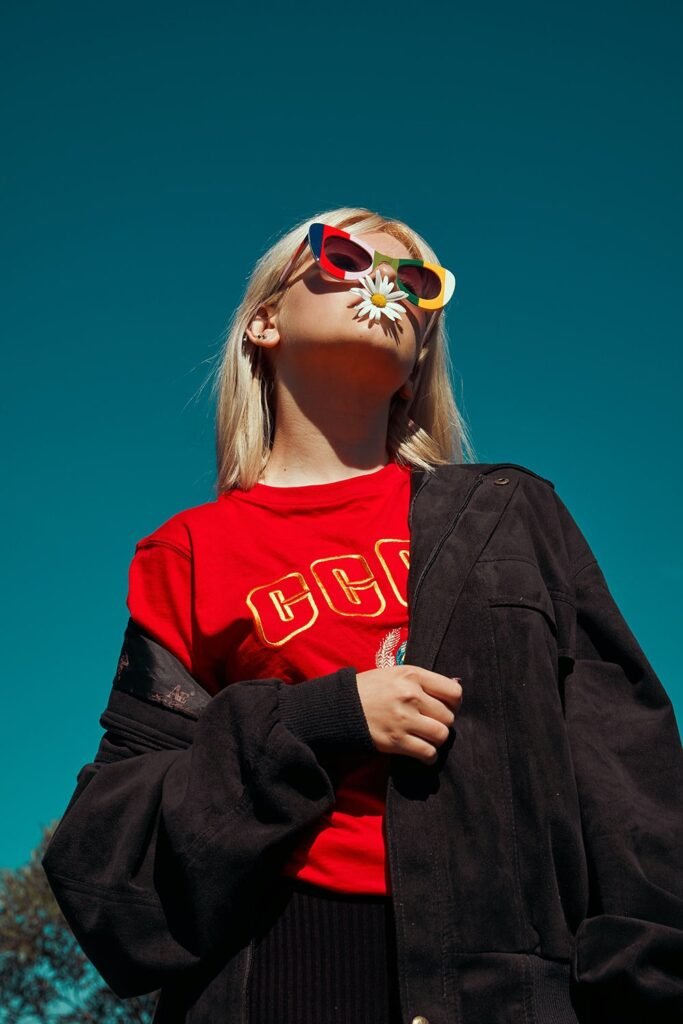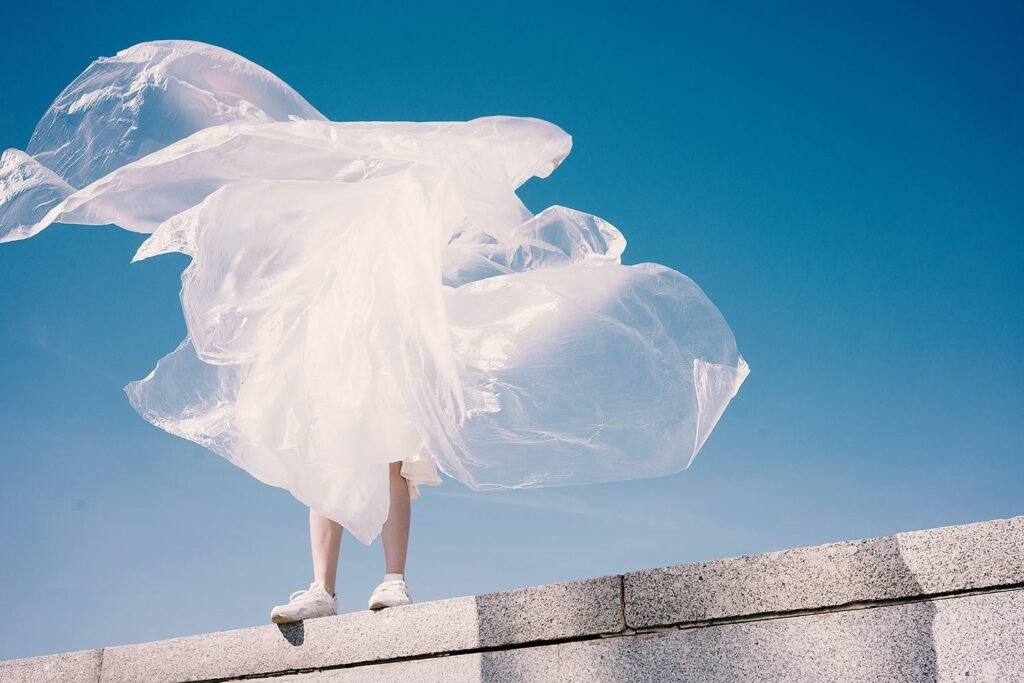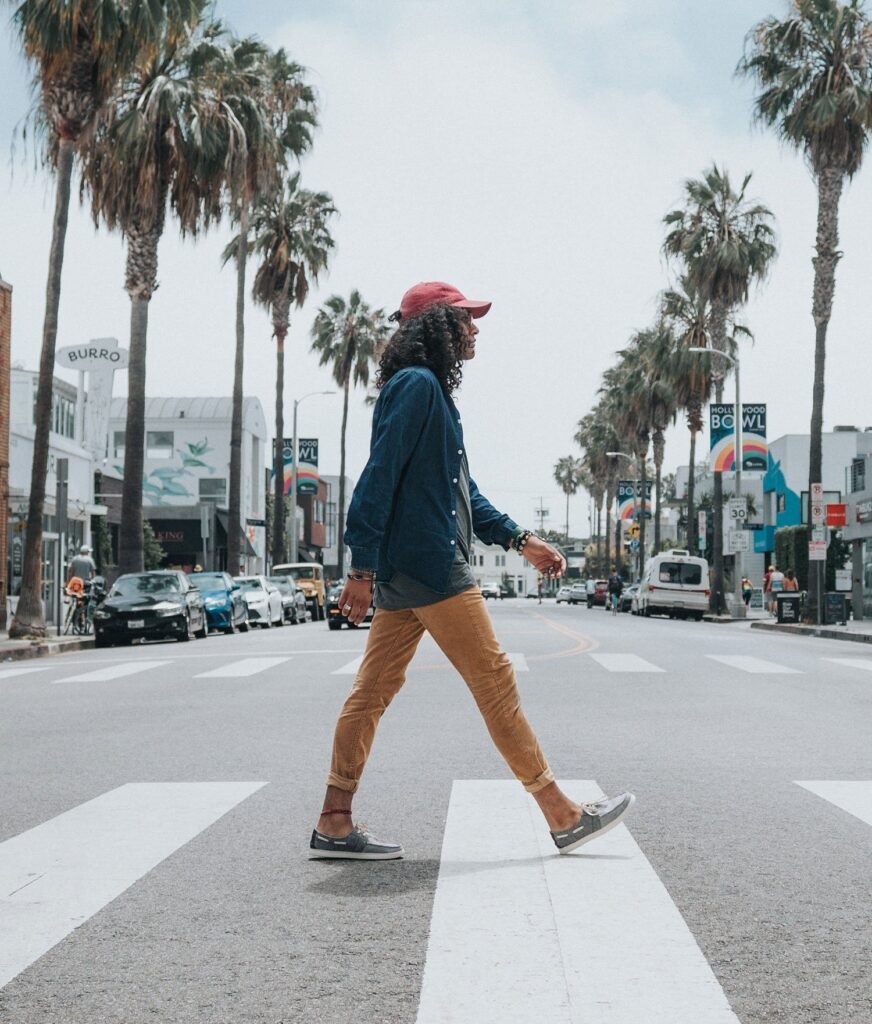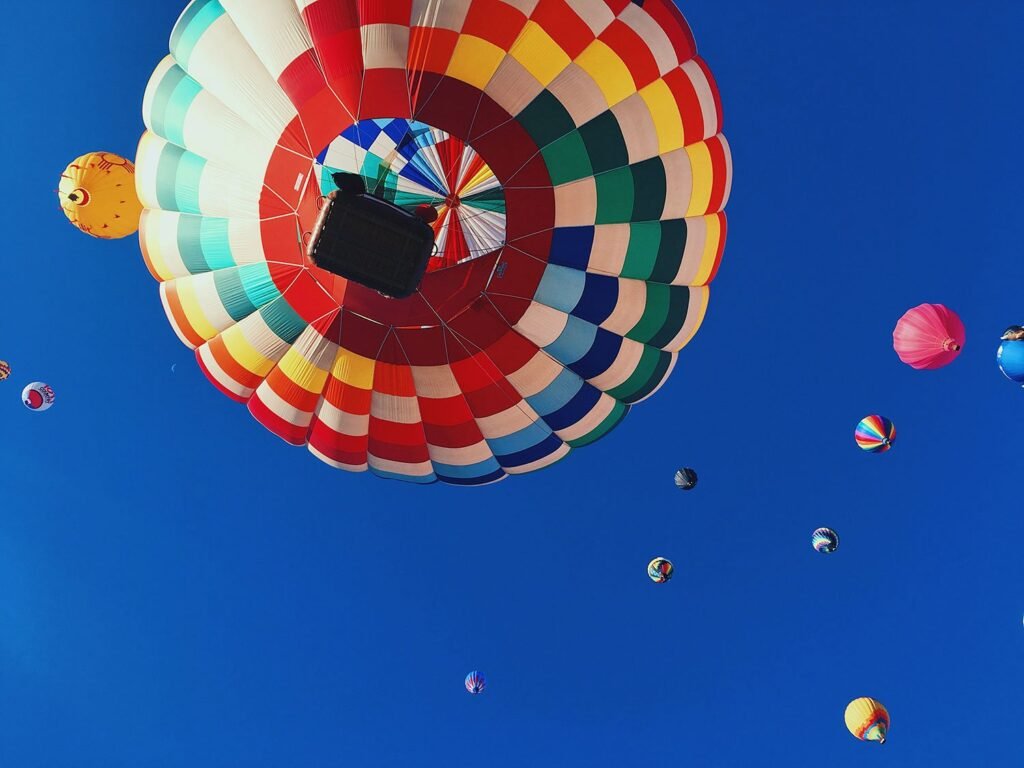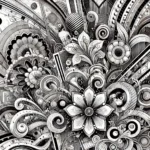Nature-Inspired Design: Bringing the Outdoors to Art

In an increasingly urbanized world, nature-inspired design is emerging as a powerful trend in art, reconnecting us to the serenity and beauty of the natural world. By incorporating organic forms, earthy tones, and natural materials, artists are not only creating visually striking works but also promoting a deeper appreciation for the environment.
What is Nature-Inspired Design?
Nature-inspired design, often referred to as biophilic art, draws inspiration from the shapes, colors, patterns, and textures found in nature. This approach celebrates the harmony and balance of the natural world while blending it seamlessly into creative expression.
Key Elements:
- Organic Forms: Curved lines, asymmetry, and shapes mimicking leaves, waves, or landscapes.
- Natural Materials: Wood, stone, clay, and even living plants.
- Earthy Tones: Greens, browns, blues, and other hues associated with nature.
- Sustainability: Using eco-friendly or recycled materials to promote environmental responsibility.
Why Nature-Inspired Design is Trending
- Connection to Nature:
- Urbanization and technology have distanced us from the natural world. Nature-inspired art bridges this gap, offering a sense of tranquility and grounding.
- Focus on Sustainability:
- With growing awareness of climate change, artists are using nature-inspired design to advocate for environmental conservation.
- Emotional Resonance:
- Nature-themed art evokes feelings of calmness, nostalgia, and awe, making it universally appealing.
- Versatility:
- Whether in paintings, sculptures, installations, or digital media, nature-inspired design is adaptable to various forms of art.
Iconic Examples of Nature-Inspired Art
- Andy Goldsworthy:
- Known for his ephemeral land art, Goldsworthy uses natural materials like rocks, leaves, and ice to create site-specific installations.
- Georgia O’Keeffe:
- Celebrated for her large-scale flower paintings, O’Keeffe’s work highlights the intricate beauty of organic forms.
- Olafur Eliasson:
- Eliasson’s installations, such as The Weather Project, integrate natural elements like light, water, and air to create immersive experiences.
- Zaha Hadid Architects:
- In architecture, nature-inspired design is evident in Zaha Hadid’s curvilinear buildings that mimic flowing water and organic growth.
Incorporating Nature into Your Art
- Use Natural Materials:
- Experiment with wood, clay, or recycled materials to infuse your work with authenticity.
- Focus on Patterns and Textures:
- Study the intricate details of leaves, tree bark, or waves and incorporate them into your designs.
- Blend Art with Sustainability:
- Create works that emphasize environmental responsibility, such as upcycled sculptures or eco-friendly prints.
- Draw from Landscapes:
- Capture the essence of natural settings, from serene forests to bustling coral reefs, in your art.
Impact of Nature-Inspired Design
- Promoting Environmental Awareness:
- By highlighting the beauty of nature, artists inspire viewers to care for the planet.
- Improved Well-Being:
- Art that incorporates natural elements has been shown to reduce stress and improve mental health.
- Revitalizing Spaces:
- Nature-inspired art can transform urban and indoor environments into calming, restorative spaces.
Conclusion
Nature-inspired design is more than just a trend; it’s a movement that reminds us of our deep connection to the natural world. By bringing the outdoors to art, artists are fostering a renewed appreciation for the environment while creating works that resonate with audiences on a profound level. Whether through organic forms, sustainable materials, or vivid depictions of nature, this approach is transforming art into a medium of harmony and inspiration.
What’s your favorite way to incorporate nature into art? Share your thoughts in the comments below!













